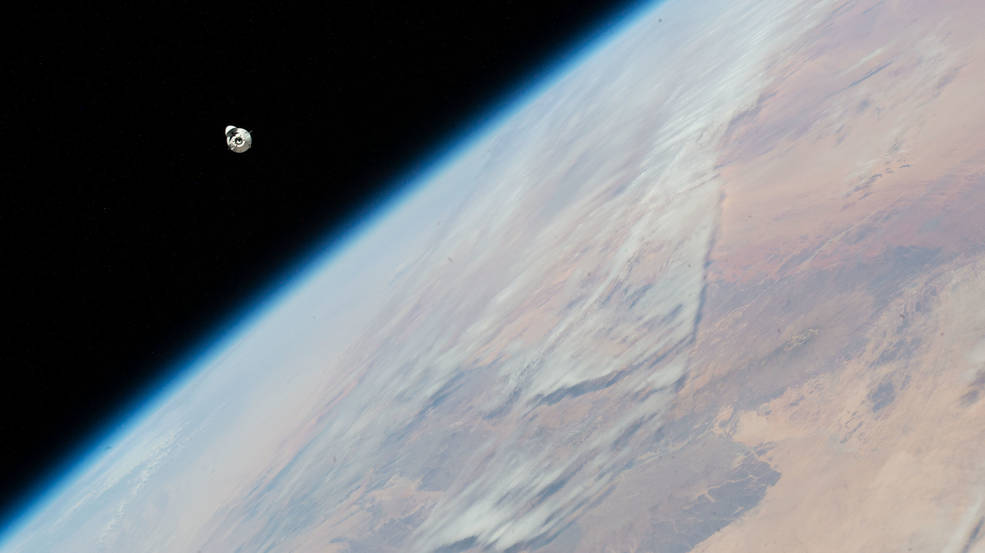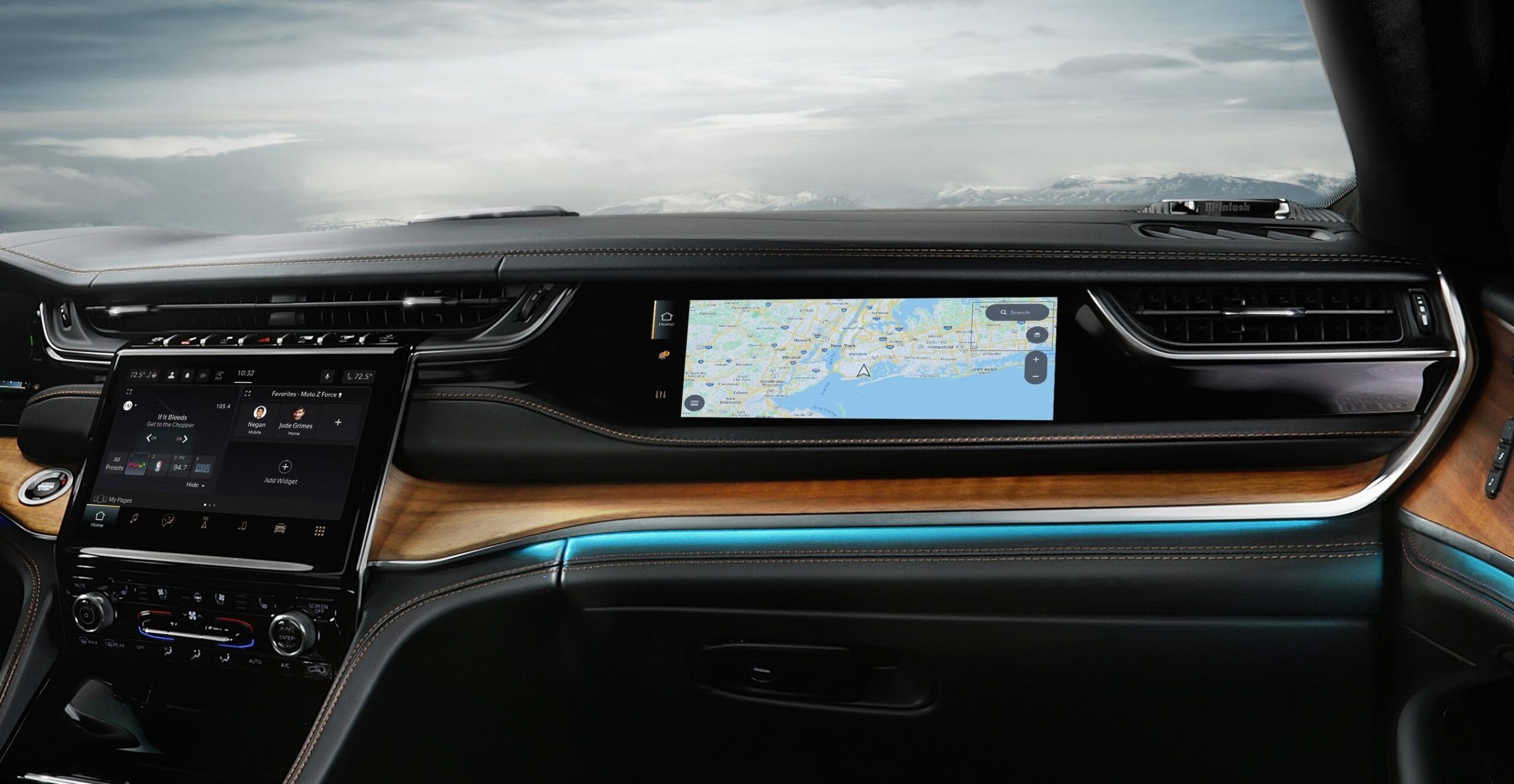NASA to Provide Live Coverage of SpaceX Cargo Craft Station Departure

A SpaceX Dragon cargo resupply spacecraft is set to depart the International Space Station on Monday, Jan. 9, returning scientific research samples and hardware to Earth for NASA.

The agency will provide live coverage of Dragon’s undocking and departure on NASA Television, the NASA app, and online at 4:45 p.m. EST. Watch here:
Ground controllers at SpaceX in Hawthorne, California, will send commands at 5 p.m. for Dragon to undock from the zenith port of the station’s Harmony module and fire its thrusters to move a safe distance away from the station.
After re-entering Earth’s atmosphere, the spacecraft will make a parachute-assisted splashdown off the coast of Florida on Wednesday, Jan. 11. NASA will not broadcast the splashdown, but updates will be posted on the agency’s space station blog.
Dragon will carry back to Earth approximately 4,400 pounds of supplies and scientific experiments designed to take advantage of the space station’s microgravity environment. Splashing down off the coast of Florida enables quick transportation of the experiments to NASA’s Space Station Processing Facility at the agency’s Kennedy Space Center in Florida, allowing researchers to collect data with minimal sample exposure to Earth’s gravity.
Some of the scientific investigations that Dragon is carrying include:
- Deep space radiation protection: A vest designed to protect astronauts from high doses of radiation caused by unpredictable solar particle events is returning to Earth after months of testing. Crew members wore the Astrorad vest while performing daily tasks and provided feedback about how easy it is to put on, how it fits and feels, and the range of motion possible while wearing it. The vest’s developers plan to use that feedback to improve design of the garment, which could provide radiation protection for astronauts on Artemis missions to the Moon.
- Air, water, plants: XROOTS used hydroponic (water-based) and aeroponic (air-based) techniques to grow plants without soil or other growth media. Researchers collected video and still images to evaluate growth chambers through the plant life cycle from seed germination through maturity. The plant chambers are returning to Earth for additional analysis. Similar techniques could be used to produce crops for future space missions and to enhance cultivation and food security for the benefit of people on Earth.
- Bioprospecting in space: Bioprospecting is the process of identifying plants and animals that may contain substances with potential for use as drugs, biochemicals, and more. Previous studies found that space can cause genetic and physiological changes that could result in microbes yielding such materials. Rhodium Microgravity Bioprospecting-1 studied a way to search for these microbes. The science chambers and temperature logger from the investigation are returning to Earth for further examination.
Dragon arrived at the station Nov. 27, 2022, as SpaceX’s 26th Commercial Resupply Services mission for NASA, delivering more than 7,700 pounds of research investigations, crew supplies, and station hardware. It was launched Nov. 26 on a SpaceX Falcon 9 rocket from Launch Complex 39A at Kennedy.




